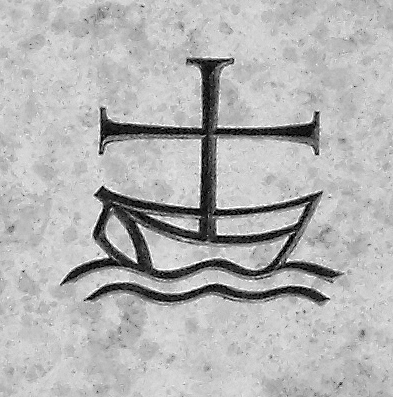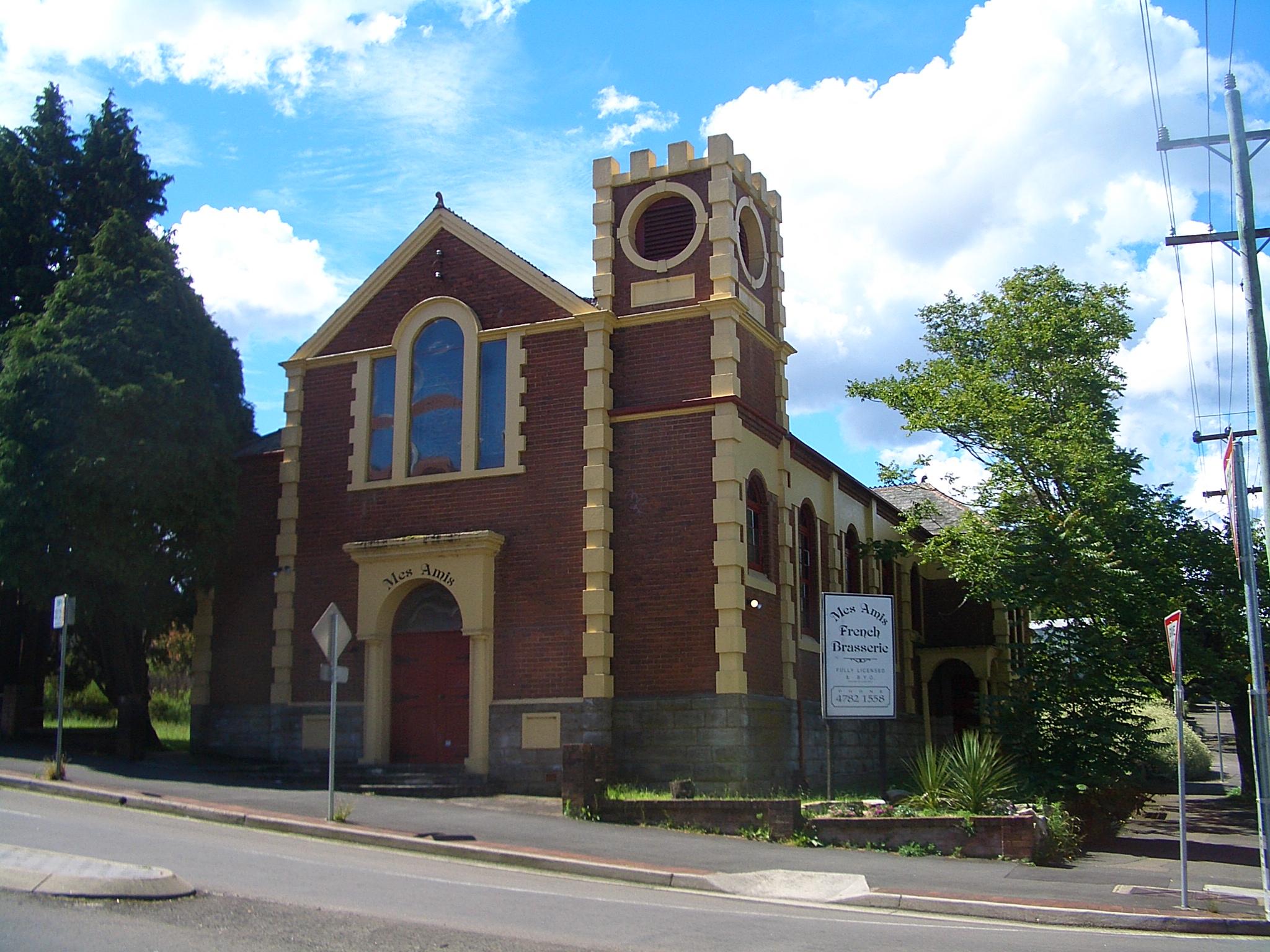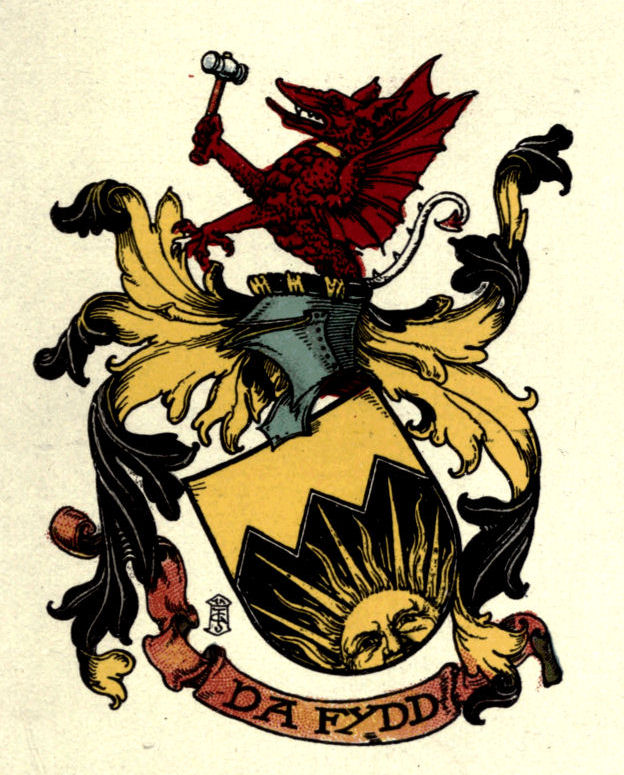|
Diocese Of Tuam, Killala And Achonry
The Diocese of Tuam, Killala and Achonry (also known as the United Dioceses of Tuam, Killala and Achonry) is a former diocese in the Church of Ireland located in Connacht; the western province of Ireland. It was in the ecclesiastical province of Armagh. Its geographical remit included County Mayo and part of counties Galway and Sligo. In 2022, the diocese was amalgamated into the Diocese of Tuam, Limerick and Killaloe. History On 13 April 1834, the diocese of Killala and Achonry was united to the Archdiocese of Tuam. On the death of Archbishop Trench of Tuam in 1839, the Province of Tuam was united to the Province of Armagh and the see ceased to be an archbishopric and became a bishopric with Thomas Plunket becoming the first bishop of Tuam, Killala and Achonry. Coat of arms In November 2012, the Chief Herald of Ireland confirmed the following as the arms of the united diocese: Azure beneath three Gothic arches as many figures or their hands faces and feet proper, in th ... [...More Info...] [...Related Items...] OR: [Wikipedia] [Google] [Baidu] |
Chief Herald Of Ireland
The Genealogical Office is an office of the Government of Ireland containing genealogical records. It includes the Office of the Chief Herald of Ireland (), the authority in Ireland for heraldry. The Chief Herald authorises the granting of arms to Irish bodies and Irish people, including descendants of emigrants. The office was constituted on 1 April 1943 as successor to the Ulster King of Arms, established during the Tudor period of the Kingdom of Ireland in 1552. The Ulster King of Arms' duties in relation to Northern Ireland were taken over by the Norroy and Ulster King of Arms. The Genealogical Office was based in Dublin Castle until 1981. It was made part of the Department of Education in 1943. In 1987 it relocated to Kildare Street, occupying part of the former Kildare Street Club premises beside the National Library of Ireland (NLI). It was formally recognised as part of the NLI in 1997. [...More Info...] [...Related Items...] OR: [Wikipedia] [Google] [Baidu] |
Ecumenism
Ecumenism ( ; alternatively spelled oecumenism)also called interdenominationalism, or ecumenicalismis the concept and principle that Christians who belong to different Christian denominations should work together to develop closer relationships among their churches and promote Christian unity. The adjective ''ecumenical'' is thus applied to any non-denominational or inter-denominational initiative which encourages greater cooperation and union among Christian denominations and Church (congregation), churches. Ecumenical dialogue is a central feature of contemporary ecumenism. The fact that all Christians belonging to mainstream Christian denominations profess faith in Jesus in Christianity, Jesus, believe that the Bible is inspired by God, and receive baptism according to the Trinitarian formula is seen as being a basis for ecumenism and its goal of Christian unity. Ecumenists cite as the biblical grounds of striving for church unity, in which Jesus prays "That they all may be ... [...More Info...] [...Related Items...] OR: [Wikipedia] [Google] [Baidu] |
Deconsecration
Deconsecration, also referred to as decommissioning or ''secularization'' (a term also used for the external Secularization (church property), confiscation of church property), is the removal of a religious sanction and blessing from something that had been previously consecration, consecrated for spiritual use. This can be of any particular thing, including people or Place of worship, places, that may have been considered Sacredness, holy or blessed in some way in the past. In particular, church buildings no longer required for religious use are deconsecrated for secular use or demolition. Judaism Jewish legalistic discourse surrounding both abstract and physical objects – such as sacrifices for the Temple in Jerusalem, coinage, and nature – often describes consecration as dependent on the circumstance by which those objects are used. The term ''"consecration"'' may be used to describe the neutral, unadulterated, innate state of a thing, where ''"deconsecration"'' is ... [...More Info...] [...Related Items...] OR: [Wikipedia] [Google] [Baidu] |
Achonry
Achonry (; ) is a village in County Sligo, Ireland. The old name is Achad Cain Conairi. St. Nath Í ua hEadhra (O'Hara) founded a monastery here. The foundation gave the later diocese its name. The monastery was founded on land granted by the Clan Conaire. Nath Í was the teacher of St. Féichín of Ballysadare. The village is in a townland and civil parish of the same name. The diocese was co-extensive with the barony of Leyney (Luighne). In the parish is the former Church of Ireland Cathedral of St Crumnathy, now deconsecrated. The title, Bishop of Achonry, takes its name from the village, and has been used by bishoprics in both the Roman Catholic Church and Church of Ireland The Church of Ireland (, ; , ) is a Christian church in Ireland, and an autonomy, autonomous province of the Anglican Communion. It is organised on an all-Ireland basis and is the Christianity in Ireland, second-largest Christian church on the .... See also * List of towns and villages in Ir ... [...More Info...] [...Related Items...] OR: [Wikipedia] [Google] [Baidu] |
Killala
Killala () is a village in County Mayo in Ireland, north of Ballina. The railway line from Dublin to Ballina once extended to Killala. To the west of Killala is the townland of Townsplots West (known locally as Enagh Beg), which contains a number of ancient forts. Historically associated with Saint Patrick, and the seat of an episcopal see for several centuries, evidence of Killala's ecclesiastical past include a 12th-century round tower and the 17th century Cathedral Church of St Patrick. As of the 2016 census of Ireland, the village had a population of 562. The village is in a civil parish of the same name. History Ecclesiastical history The Roman Catholic Diocese of Killala (''Alladenis'' in Latin) is one of the five suffragan sees of the ecclesiastical Province of Tuam, comprising the north-western part of County Mayo with the Barony of Tireragh in County Sligo. In all there are 22 parishes, some of which, bordering on the Atlantic Ocean, consist mostly of wild m ... [...More Info...] [...Related Items...] OR: [Wikipedia] [Google] [Baidu] |
St Patrick's Cathedral, Killala
St Patrick's Cathedral, Killala is one of five cathedral churches (the other is St Mary's Cathedral, Tuam) in the Diocese of Tuam, Limerick and Killaloe of the Church of Ireland. It is situated on the Ballina to Ballycastle road in the small coastal village of Killala, County Mayo, Ireland. It is part of the ecclesiastical province of Dublin. The Cathedral Church of St Patrick is one of Ireland’s smallest cathedrals and consists of a long rectangular four-bay gable-ended nave (32 m x 10 m) with a square tower and spire at the west end and a gable-ended vestry at the north end. A staircase leads to a gallery in the nave. The nave is fitted with boxed pews and a rare Telford organ dating from 1838. The graveyard contains a 9th-century souterrain with several chambers. History "The Episcopal See of Killala appears to have been founded between the years 434 and 441 by St. Patrick, who, during that period, was propagating the faith of Christianity in the province of Con ... [...More Info...] [...Related Items...] OR: [Wikipedia] [Google] [Baidu] |
Tuam
Tuam (; , meaning 'mound' or 'burial-place') is a town in Ireland and the second-largest settlement in County Galway. It is west of the midland Region, Ireland, midlands of Ireland, about north of Galway city. The town is in a civil parishes in Ireland, civil parish of the same name. Humans have lived in the area since the Prehistoric Ireland#Copper and Bronze Ages (2500–500 BC), Bronze Age while the historic period dates from the sixth century. The town became increasingly important in the 11th and 12th centuries in political and religious aspects of Ireland. The market-based layout of the town and square indicates the importance of commerce. The Latin cross, red Latin cross of the coat of arms is representative of Tuam's importance as an ecclesiastical centre. The double green flaunches at the sides, represent the two hills or shoulders of Tuam's ancient name, . The two crowns recall the High Kings, and , who were based in Tuam. The broken chariot wheel is a reference ... [...More Info...] [...Related Items...] OR: [Wikipedia] [Google] [Baidu] |
St Mary's Cathedral, Tuam
St Mary's Cathedral () is a cathedral church of the Diocese of Tuam, Limerick and Killaloe in the Church of Ireland. It is located in Tuam, County Galway, in Ireland. From the 12th century until 1839, both before and after the Reformation The Reformation, also known as the Protestant Reformation or the European Reformation, was a time of major Theology, theological movement in Western Christianity in 16th-century Europe that posed a religious and political challenge to the p ..., it was the seat of the former Archdiocese of Tuam (Church of Ireland), Archdiocese of Tuam. Most of the present structure dates from the 1870s, but parts of earlier 12th- and 14th-century structures survive within. Origins The founder and first bishop of Tuam is considered to be Iarlaithe mac Loga, St Jarlath, who founded the church about 501. The traditional date of his death is 540. However, the names of only two other bishops of Tuam are recorded before the 11th century, Ferdomnach (died 78 ... [...More Info...] [...Related Items...] OR: [Wikipedia] [Google] [Baidu] |
Cathedra
A ''cathedra'' is the throne of a bishop in the early Christian basilica. When used with this meaning, it may also be called the bishop's throne. With time, the related term ''cathedral'' became synonymous with the "seat", or principal church, of a bishopric. The word in modern languages derives from a normal Greek word καθέδρα 'kathédra'' meaning "seat", with no special religious connotations, and the Latin ''cathedra'', specifically a chair with arms. It is a symbol of the bishop's teaching authority in the Catholic Church, the Orthodox Church, and the Anglican Communion churches. Etymology The English word "cathedra", plural cathedrae, comes from the Latin word for "armchair", itself derived from the Greek (καθέδρα). After the 4th century, the term's Roman connotations of authority reserved for the Emperor were adopted by bishops. It is closely related to the etymology of the word chair. ''Cathedrae apostolorum'' The term appears in early Chr ... [...More Info...] [...Related Items...] OR: [Wikipedia] [Google] [Baidu] |
C Of I Diocese Of Tuam, Killala And Achonry
C, or c, is the third letter of the Latin alphabet, used in the modern English alphabet, the alphabets of other western European languages and others worldwide. Its name in English is ''cee'' (pronounced ), plural ''cees''. History "C" comes from the same letter as "G". The Semites named it gimel. The sign is possibly adapted from an Egyptian hieroglyph for a staff sling, which may have been the meaning of the name ''gimel''. Another possibility is that it depicted a camel, the Semitic name for which was ''gamal''. Barry B. Powell, a specialist in the history of writing, states "It is hard to imagine how gimel = "camel" can be derived from the picture of a camel (it may show his hump, or his head and neck!)". In the Etruscan language, plosive consonants had no contrastive voicing, so the Greek ' Γ' (Gamma) was adopted into the Etruscan alphabet to represent . Already in the Western Greek alphabet, Gamma first took a '' form in Early Etruscan, then '' in Classical Etru ... [...More Info...] [...Related Items...] OR: [Wikipedia] [Google] [Baidu] |
Arthur Charles Fox-Davies
Arthur Charles Fox-Davies (28 February 1871 – 19 May 1928) was a British expert on heraldry. His ''Complete Guide to Heraldry'', published in 1909, has become a standard work on heraldry in England. A barrister by profession, Fox-Davies worked on several notable cases involving the peerage, and also worked as a journalist and novelist. Biography Arthur Charles Davies (known as Charlie) was born in Bristol, the second son of Thomas Edmond Davies (1839–1908) and his wife Maria Jane Fox, the daughter and co-heiress of alderman John Fox, JP. Fox-Davies was brought up from the early 1880s at Coalbrookdale in Shropshire, where his father worked for the Coalbrookdale Iron Company and had a house called "Paradise" which became his home in much of his adult life; his grandfather, Charles Davies of Cardigan in Wales, had been an ironmonger. He added his mother's maiden name to his own by deed poll on his nineteenth birthday in 1890, thereby changing his surname from Davies to Fox- ... [...More Info...] [...Related Items...] OR: [Wikipedia] [Google] [Baidu] |




